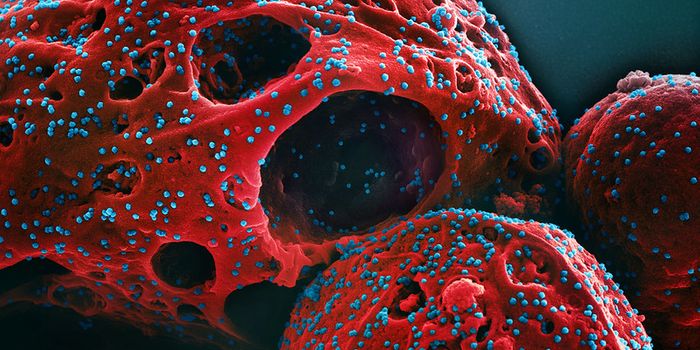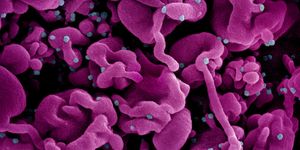A Mysterious Plasmid is Found at High Levels in the Human Gut
There are trillions of microorganisms in the human gastrointestinal tract, and this gut microbiome includes bacteria, archaea, viruses, and fungi. Scientists have now found that a mysterious plasmid, a mobile piece of genetic material that is often found in bacterial cells, is highly abundant in the human gut. While scientists often use plasmids in the research lab, and we know how bacterial cells use them to pass on genes, such as those that encode for bacterial resistance, their behavior in the human gut is little understood. This study, which has been reported in Cell, will certainly open up many new research questions since this plasmid was found in the intestines of 90 percent of people who were tested.
While we still have a lot to learn about this plasmid, the study authors have suggested that it could potentially act as a biomarker for health conditions such as inflammatory bowel disease and could also be used in other situations, such as in the analysis of fecal contamination in water.
Although we know about the function of some genes that are found on plasmids in bacteria, such as those that allow bacterial cells to evade drugs, there are others with no clear purpose. These so-called cryptic plasmids are sometimes called "genetic parasites" and "remain a mystery in microbial ecology because from an evolutionary perspective they should not exist at all," noted study leader Dr. A. Murat Eren, a Professor at the University of Oldenburg (HIFMB).
Studying these plasmids is also challenging because they are difficult to reliably isolate from environmental samples. When scientists study bacteria, they usually study bacterial cells. But it is tough to identify plasmids in the massive amount of genetic material that is analyzed in metagenomic studies, which collects all genetic material in a sample together, then compares it against known sequences to identify what is in the sample.
In this work, the researchers relied on computational tools that were reported in Nature Microbiology to reveal over 68,000 plasmids in the human intestine. This effort identified a highly abundant plasmid called pBI143. Further study showed that this plasmid holds only two genes, which ensure that the plasmid will be replicated and move into bacterial cells. But there is no clear use for this stuff in bacteria.
To learn more, the researchers assessed metagenomes from 60,000 human and 40,000 environmental samples. In industrialized nations, it's estimated that over 90 percent of individuals have this plasmid in their guts. It was ten times more abundant than a viral genome that has been thought of as the most common extrachromosomal genetic element in the human microbiome, said Eren.
This plasmid also seems to be almost exclusive to the human gut; it was not found in environmental samples from soil, plants, oceans, or the gastrointestinal tracts of almost all animals. However, it was found in places where humans influence the enrvironment, like surfaces in hospitals and laboratory rat models. As such, it might serve as a biomarker for fecal contamination, the researchers suggested.
The plasmid was also found at four times higher levels in people with inflammatory bowel disease (IBD) compared to unaffected individuals. Therefore, the plasmid may show whether the disease is happening, or how severe it is.
There will surely be more to discover about this mysterious plasmid.
Sources: Carl von Ossietzky-Universität Oldenburg, Nature Microbiology, Cell









